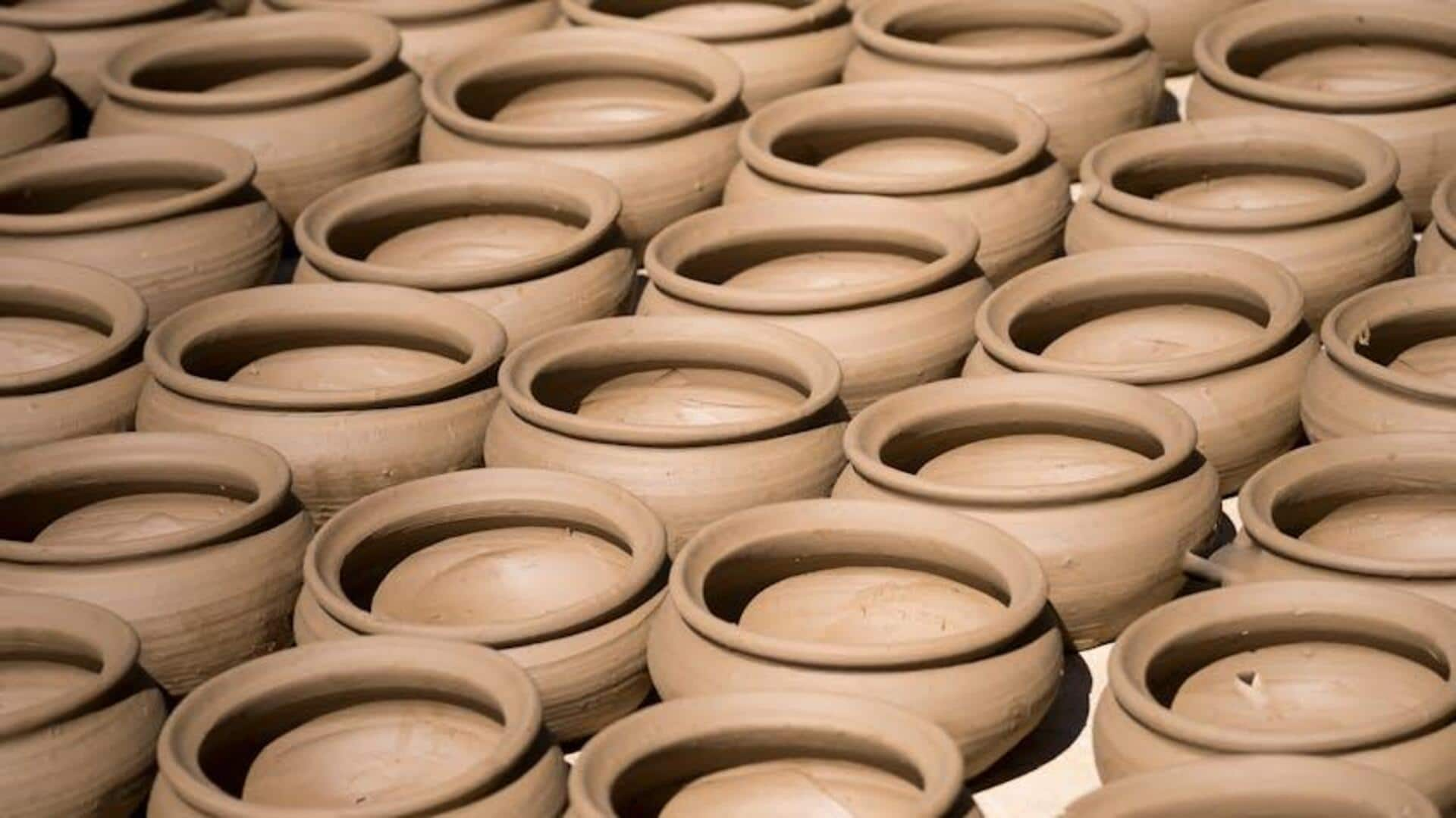
5 traditional pottery techniques to know
What's the story
African pottery is a rich tradition that has been passed down through generations, showcasing the continent's cultural diversity and artistic heritage. Not only are these techniques functional, but they also hold significant cultural value. Understanding these methods will give you insight into the craftsmanship and creativity of African artisans. Here are five essential techniques that define African pottery, taking you through skills and traditions that have stood the test of time.
Coiling technique
Coiling method: A classic approach
The coiling method is one of the oldest pottery techniques employed throughout Africa. The artisans roll clay into long, thin ropes and coil them to build up the walls of a pot/vessel. This technique enables the creation of large and intricate shapes without the use of a potter's wheel. The coiled layers are smoothed together by hand or with simple tools, making them sturdy and unique.
Pinching technique
Pinching: Simple yet effective
Pinching is a simple technique in which artisans pinch clay between their fingers to shape it into small pots/bowls. The method requires fewer tools, making it accessible to numerous communities. However, despite its simplicity, pinching allows for immense creativity in design and texture, as each piece can be molded uniquely by hand.
Slab building technique
Slab building: Versatile creations
Slab building, as the name suggests, involves rolling out flat sheets of clay, cutting them into shapes, and joining them together to create different structures. The technique provides versatility, allowing you to make anything from functional items like plates to decorative pieces such as masks or sculptures. Artisans often use the method to play with different forms and textures, adding to their creative expression.
Burnishing technique
Burnishing for smooth finishes
Burnishing is a finishing technique wherein polished stones or smooth tools are rubbed over the surface of dried clay pots before firing them in kilns/open fires. This process compresses the clay particles, making the pottery shiny without glaze application. Burnished surfaces not just add aesthetic appeal but also improve water resistance.
Open-fire firing
Open-fire firing: Traditional kiln alternative
Open-fire firing has been an age-old practice, but still continues in many African communities, owing to its simplicity over modern kilns, which need electricity or gas supply systems not found in remote areas. Pots are placed directly on wood fires, covered with combustible materials like grass, which burn slowly, ensuring even heat distribution throughout the entire batch being fired simultaneously.